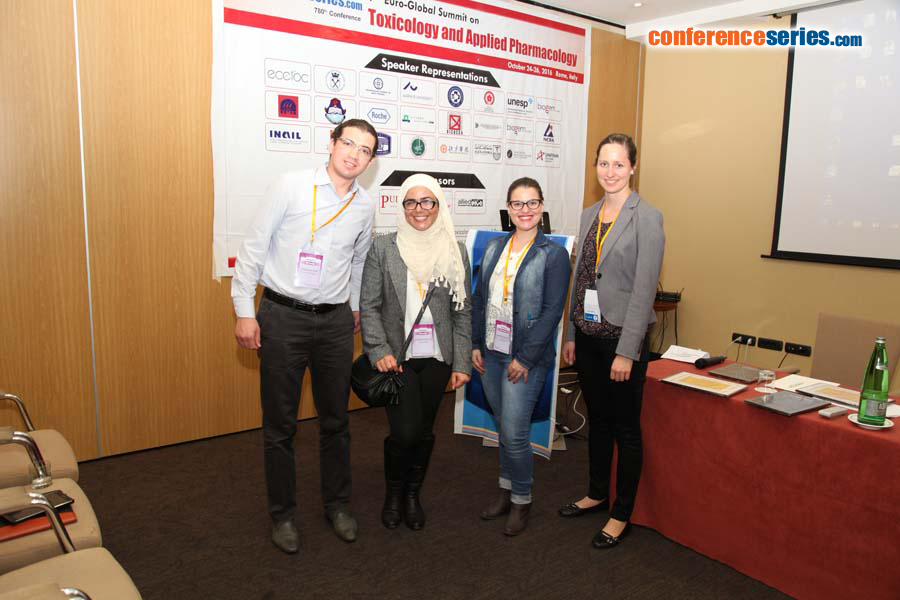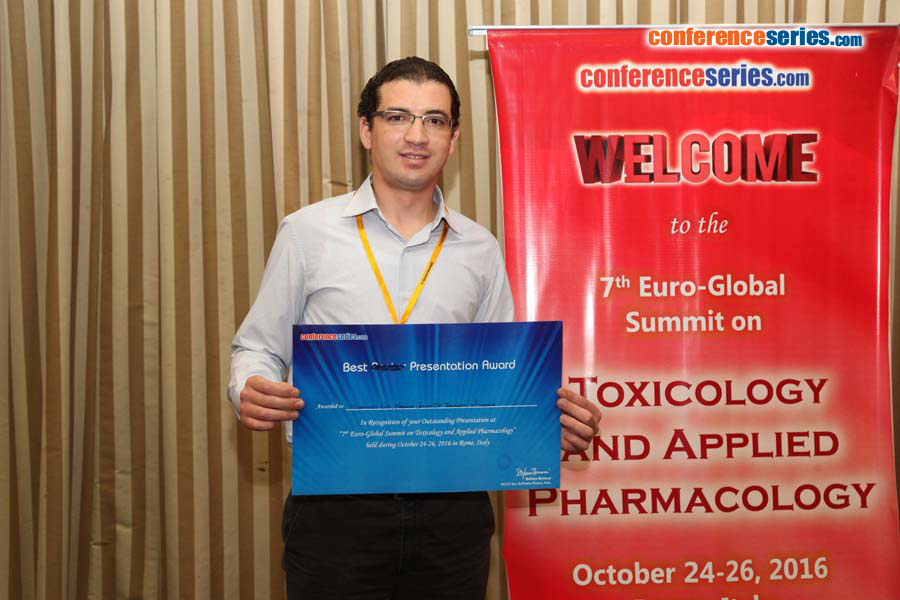Mohammed Riffi
CHU Bab el Oued, Algéria
Title: Determination of chromium by ETAAS in hair and urine of tannery workers: The interest of alternative biological matrices
Biography
Biography: Mohammed Riffi
Abstract
Introduction: Th e human hair occupies a prominent place as markers of exposure to xenobiotics in the domain of forensic toxicology. However, interest of using this matrix is a considerable improvement for the assay of metals; also, chromium has attracted the attention of toxicologists because the accidents observed in industrial settings using this metallic element (cement
industry, paint, leather, automotive, etc.).
Objective: Th is study is related to the assessment of worker exposure in a tannery, located in Algiers, more accurately on the Rouiba-Reghaia industrial estate, by measuring the capillary and urinary chromium of the population groups investigated, and then study the correlation between total content of chromium in hair and urine.
Patients & Methods: Th e study was carried out in September 2012, and focused on 50 subjects exposed (49 men and 1 woman) and 16 controls. It was preceded by the establishment analytical development and validation of an analytical method for the determination of chromium in hair and urine by graphite furnace atomic absorption spectrometry (GFAAS). Statistical
calculations were performed using the soft ware LXSTAT MS Excel 2012.
Results & Discussion: Th e hair chromium average of the tanning workers were signifi cantly higher (urinary Cr=2.48 μg/L, Cr capillary=4.93 ng/mg) than other groups. Washing the hair appears to be eff ective for decontaminating the exogenous chromium, this latter may refl ect a recent exposure to chromium.
Conclusion: Human hair may off er the advantage for biological monitoring, fi rst, to get information on the use of means of
protection, and give some idea about the route of exposure (inhalation or ingestion).





